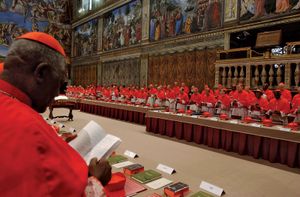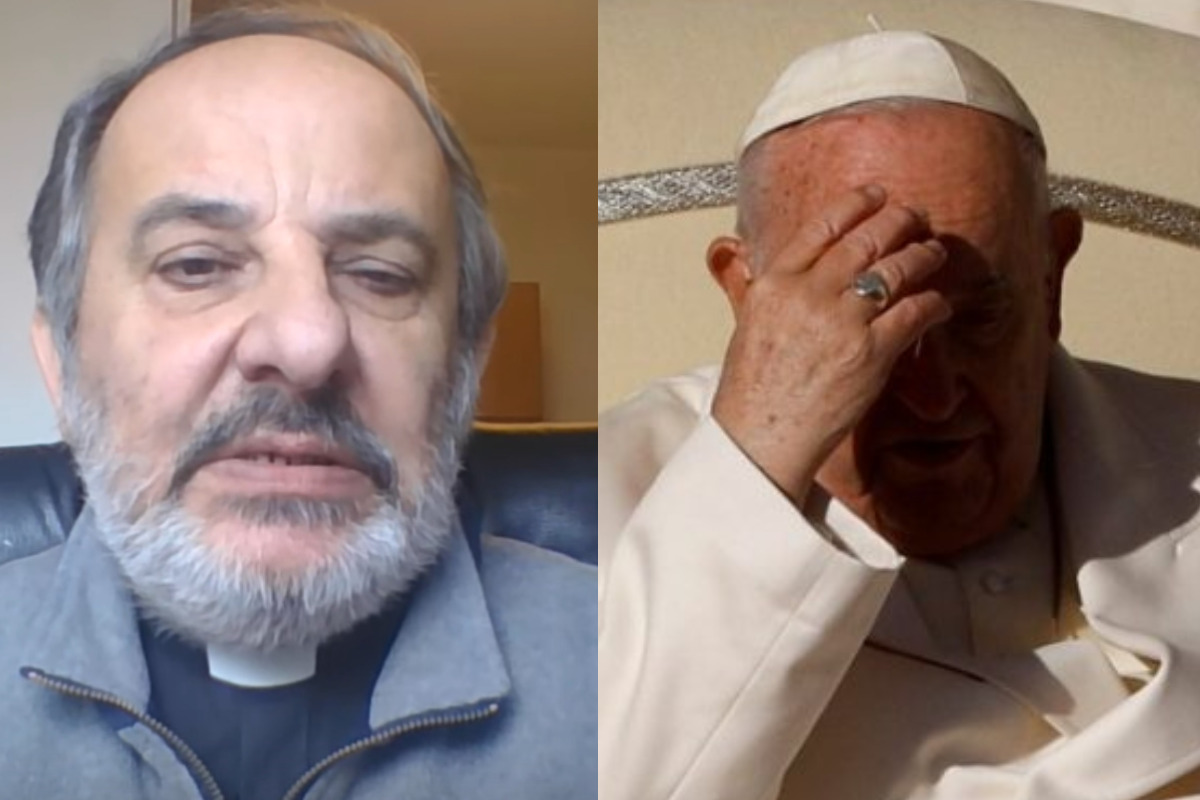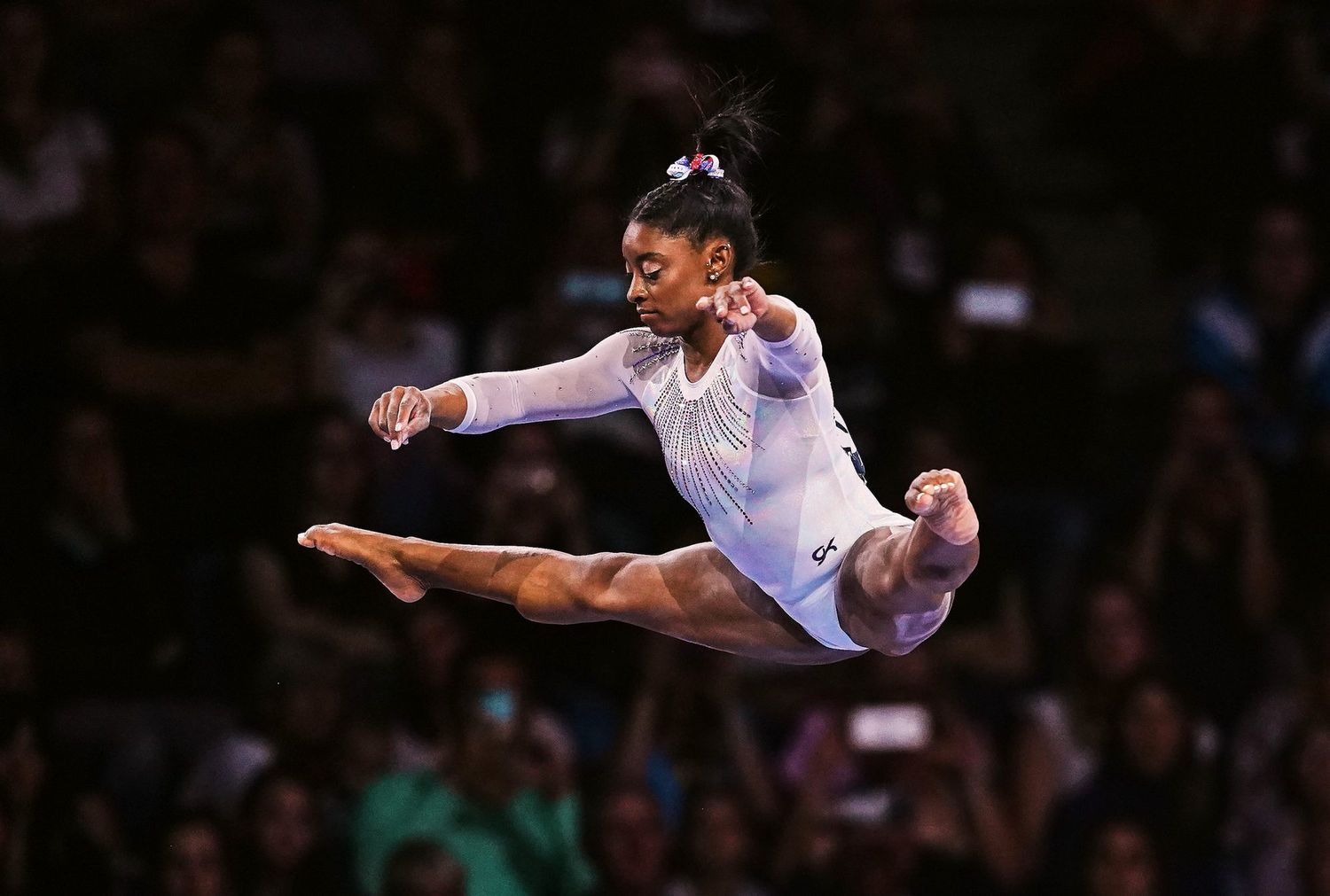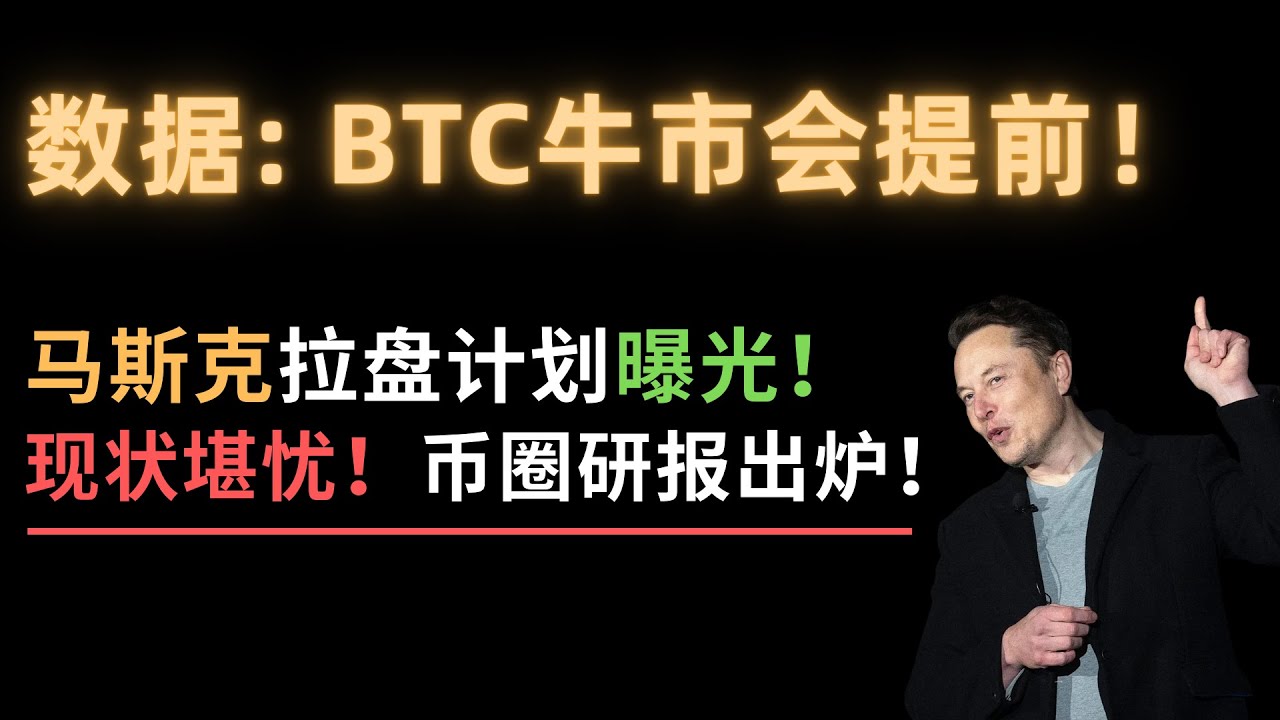What Is A Conclave? Understanding The Papal Election Process

Table of Contents
The History and Tradition of the Papal Conclave
The method of electing a Pope has evolved significantly throughout history. Early methods were often chaotic and prone to political influence. The conclave, as we understand it today, gradually emerged as a way to ensure a more orderly and less contentious election. Key historical conclaves, such as the one that elected Pope Gregory X in 1271, played a significant role in shaping the current procedures. This conclave, notably, introduced many reforms designed to expedite the election process and prevent undue influence.
- Early methods of papal election: These were often characterized by factionalism, bribery, and prolonged periods of vacancy in the papacy.
- The introduction of the conclave system: The formalization of the conclave gradually brought more structure and secrecy to the process, aiming to minimize outside pressures.
- Key historical reforms affecting the conclave process: The reforms introduced after lengthy and contentious elections significantly shaped the rules and procedures we see today. These changes included limitations on the duration of the conclave and the introduction of stricter rules regarding communication with the outside world.
Who Participates in a Papal Conclave? The Cardinal Electors
The heart of the conclave lies with the Cardinal electors. These are cardinals under the age of 80 who are eligible to vote. Their role is paramount, as they are the sole individuals with the power to choose the next Pope. The qualifications and responsibilities of these electors are strictly defined. The Dean of the College of Cardinals plays a crucial role in overseeing the proceedings.
- Number of Cardinal electors: The number varies depending on the number of cardinals under 80 at the time of a vacancy.
- Age restrictions: Only cardinals under 80 years old are eligible to participate in the conclave. This age limit ensures that the electors are physically and mentally capable of undertaking the demanding process.
- Role of the Dean of the College of Cardinals: The Dean presides over the conclave and plays a vital administrative role, ensuring the smooth functioning of the election process.
The Secrecy and Isolation of the Conclave
The secrecy surrounding the conclave is legendary. Robust security measures are implemented to prevent any outside influence or interference. The cardinals live in relative isolation during the conclave, their movements and communications carefully monitored. This stringent security is designed to ensure the free and impartial choice of the next Pope.
- The "secret ballot" system: Each vote is cast anonymously, eliminating the possibility of coercion or pressure.
- Restrictions on communication with the outside world: The cardinals have limited contact with the external world to guarantee the integrity of the election.
- Security personnel and surveillance: Strict security measures, including surveillance and the monitoring of all access points, ensure the utmost privacy and safety.
The Papal Election Process: From Scrutiny to Habemus Papam
The election process itself is a fascinating blend of ritual and procedure. The Sistine Chapel is meticulously prepared to serve as the venue for the conclave. The cardinals cast their votes, and these ballots are meticulously counted. A two-thirds majority is required to elect a new Pope. Once this majority is reached, the announcement of the new Pope – the iconic "Habemus Papam!" – is made to the world.
- Preparation of the Sistine Chapel: The chapel is thoroughly cleaned, prepared, and secured for the duration of the conclave.
- The voting process (ballots, burning of ballots, etc.): The ballots are carefully prepared, cast, and burned, with black smoke signaling an unsuccessful ballot and white smoke signifying the election of a new Pope.
- The role of the Master of Ceremonies: The Master of Ceremonies manages the logistical aspects of the conclave, ensuring smooth and orderly proceedings.
- The significance of white smoke: The emergence of white smoke from the Sistine Chapel chimney signifies to the world that a new Pope has been elected.
Modern Adaptations and Challenges to the Conclave
While tradition remains paramount, the conclave has also adapted to modern times. Technological advancements have had some influence, although maintaining the essential secrecy remains a priority. However, the Church also faces challenges in balancing tradition with concerns about transparency and inclusivity.
- Technological advancements and their impact: While technology is used to streamline aspects of the process, there are safeguards to prevent breaches of secrecy.
- Concerns about transparency and inclusivity: Discussions about greater transparency and inclusivity continue within the Church, though significant changes to the core conclave process seem unlikely.
- Future potential changes to the conclave: Future discussions may focus on minor adjustments to ensure fairness, efficiency, and accountability, always mindful of the historical importance and sacred nature of this momentous event.
Conclusion
The papal conclave is a complex and fascinating process that plays a pivotal role in the life of the Catholic Church. Understanding the key stages of the conclave—from the preparation and participation of the cardinal electors to the voting process and the announcement of the new Pope—is crucial to understanding this important event. A conclave is the unique and time-honored mechanism by which the Catholic Church selects its supreme leader. By understanding the historical evolution of the conclave, its procedures, and the challenges it faces today, we gain a deeper appreciation for the weight and significance of this pivotal process in the election of the Pope. To learn more about the history and intricacies of the conclave process, including the election of the Pope and choosing the next Pope, explore further resources on the Papal Conclave and papal elections.

Featured Posts
-
 Ps 5 Vs Xbox Series S A Detailed Comparison Of Key Differences
May 07, 2025
Ps 5 Vs Xbox Series S A Detailed Comparison Of Key Differences
May 07, 2025 -
 Ks Sliwinski O Konklawe Dlaczego Medialni Faworyci Rzadko Zostaja Papiezami
May 07, 2025
Ks Sliwinski O Konklawe Dlaczego Medialni Faworyci Rzadko Zostaja Papiezami
May 07, 2025 -
 Olympic Champion Simone Biles Speaks At Washington Universitys 2025 Commencement
May 07, 2025
Olympic Champion Simone Biles Speaks At Washington Universitys 2025 Commencement
May 07, 2025 -
 Official Lotto Lotto Plus 1 And Lotto Plus 2 Draw Results
May 07, 2025
Official Lotto Lotto Plus 1 And Lotto Plus 2 Draw Results
May 07, 2025 -
 Xrp
May 07, 2025
Xrp
May 07, 2025
